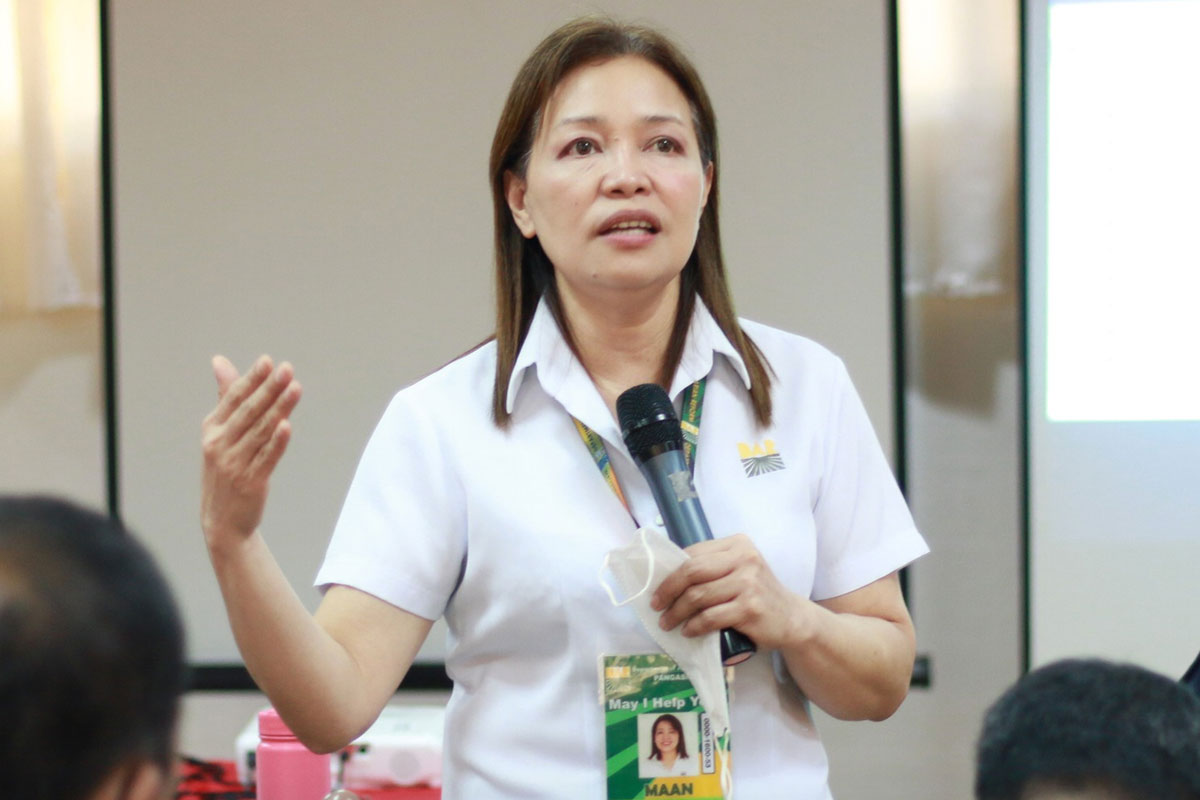
DAR to put up culture labs in Pangasinan
TISSUE culture laboratories will be constructed to improve the vegetable production of farmers in Pangasinan.
The project will be implemented with the awarding of a total of P23 million fund to the agrarian reform beneficiaries (ARBs) in the province, who are members of two cooperatives based in Lingayen, Pangasinan.
The Department of Agrarian Reform (DAR) said that the move is part of its efforts to improve vegetable production through modern and sustainable technology.
The DAR, in partnership with the Pangasinan State University (PSU), together with the Infanta Agrarian Reform Beneficiaries and Farmers Association, Inc. and the Northern Bayambang Multi-Purpose Cooperative, have recently signed a Memorandum of Agreement for the construction of the facility.
“The tissue culture project is a technological breakthrough in the propagation of plants.
This would bring rapid production of high-quality and uniform planting materials that could be multiplied on a year-round basis under disease-free conditions anywhere, regardless of the season and weather,” said DAR Ilocos Regional Director Maria Ana Francisco.
“This initiative is one of the goals of our Secretary Conrado Estrella III to introduce modern farm technologies and provide modern farm equipment to the ARBs,” Francisco added.
Under the agreement, the two cooperatives will each receive from DAR P11.9 million for the establishment of tissue culture laboratories. The PSU, for its part, will supervise the establishment of the tissue culture laboratory for the two cooperatives.
“Of the P11.9 million, P1.9 million will be used by each cooperative to procure farm machines and equipment needed for the tissue culture laboratory,” said Francisco.
The P28.3 million grant was taken from the Agrarian Reform Fund (ARF) for the implementation of the Sustainable and Resilient Agrarian Reform Communities (SuRe ARCs) program.
Francisco further explained that this would mean higher annual yield for the ARB Organizations (ARBOs) and increased farm productivity and income for the ARB members.























